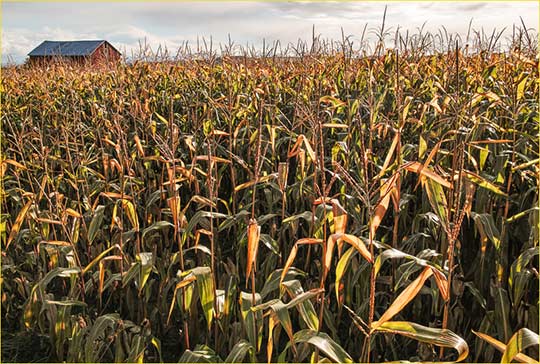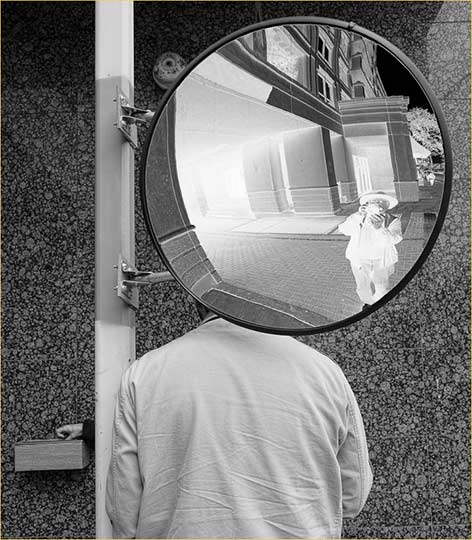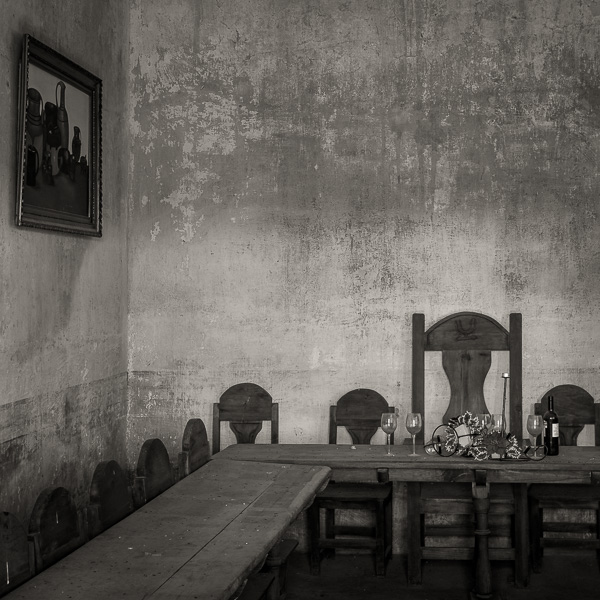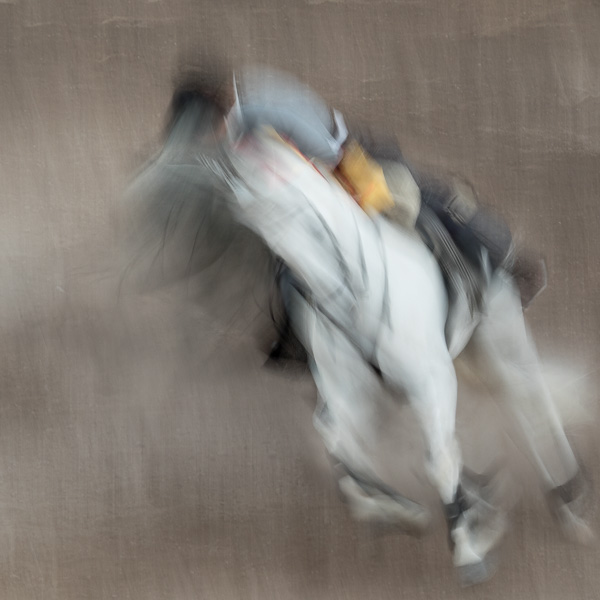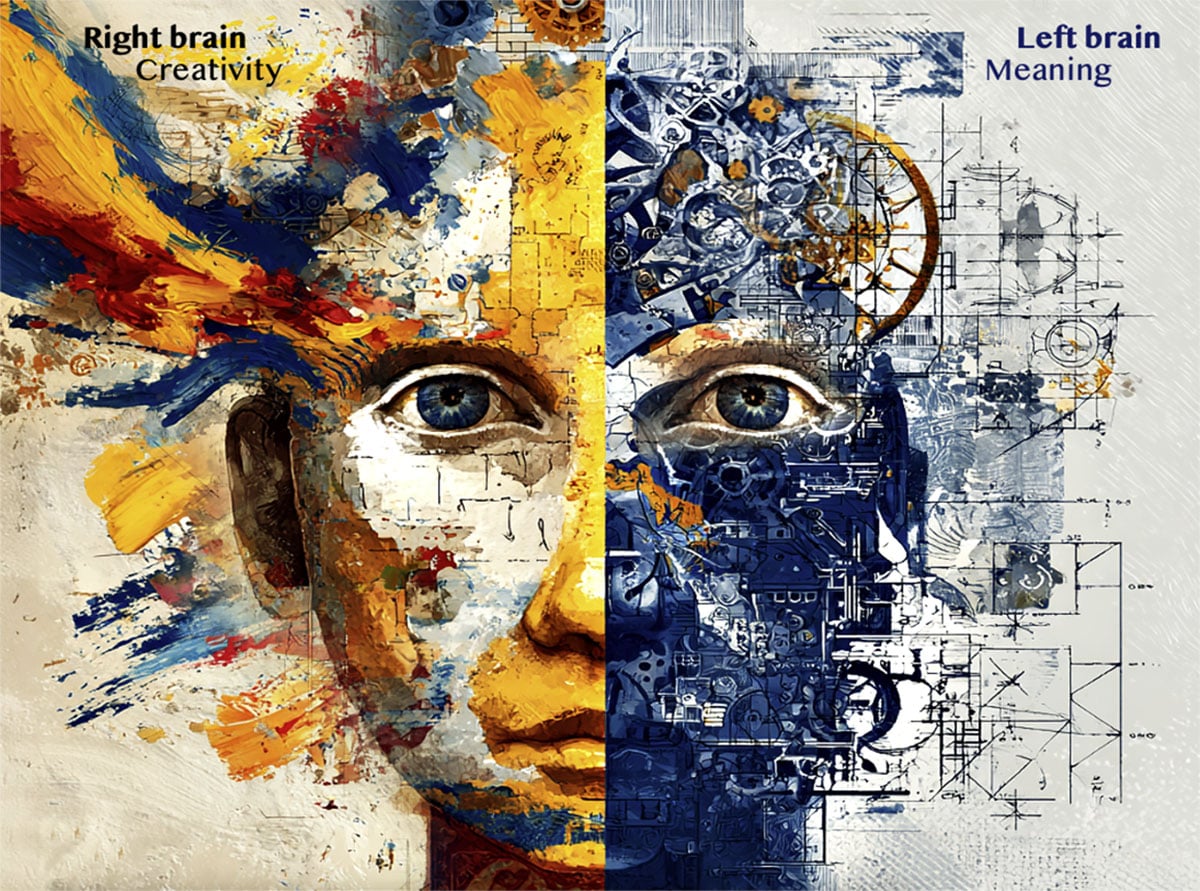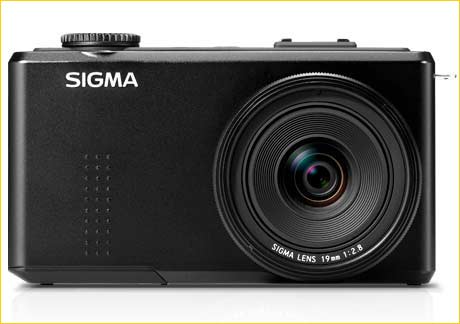
Sigma DP1 Merrill with 19mm f/2.8 Lens (28mm Equiv)
We should start with my recent review of the Sigma DP2 Merrill (DP2M). If you haven’t already done so may I suggest that you read it it now before proceeding on this page? You should know that if anything my praise for that camera is actually understated. The DP2M may have the highest per-pixel usable picture resolution of any camera I have ever used and tested. No, this is not Michael being hyperbolic. In recent weeks I, along with a couple of other well known photographers who also bought their own DP2M (or have been borrowing mine) have been doing comparisons with other gear in their arsenals. In every case they (we) come away shaking our heads and vowing not to publish what we see, because all it will do is stir up the trolls, and create undesirable online nonsense arguments. Who needs the grief?
So, as preface to this report on the brand new Sigma DP1 Merrill (DP1M), I’ll simply make one summary statement. It is my opinion that the Sigma DP2M, for its part, provides the highest image resolution of any camera / lens combination than costs less than a $2,000 – $3,000 dollars, and it seriously challenges the IQ of cameras like the Nikon D800e and even medium format backs in prints up to about 20X30″. Part of the reason for this is that the 30mm f/2.8 lens on the DP2 is simply superb. Not only is it a remarkably sharp and aberration free lens, but it appears to be married to the DP2M’s sensor in a manner that means that the two work as a synergistic pair, producing frame after frame that please and amaze.
No, the DP2M is not perfect. It’s deathly slow to write files to cards, though pretty responsive otherwise. The rear LCD looks like it’s doing a hula dance when the camera is moved, but overall the shooting interface is fine. But, and it’s a big but, this is not a camera for dilettantes. This is a camera for the photographer who is willing to work for the shot, use proper technique, shoot raw, and suffer with having to use Sigma’s oh-so sad SPP software before moving on to proper image processing programs.
Sigma DP1 Merrill
Foliage. Toronto, September, 2012
Sigma DP1M @ ISO 200
The DP1M is an identical camera to the DP2M, with the only significant difference being its 19mm f/2.8 lens (28mm equivalent). What everyone wants to know is, is the 19mm lens as astonishingly good as its sister 30mm on the DP2M. If it isn’t then back to the dealer it would go, because to my mind it’s the unique combination of the 30mm and Sigma’s X3 sensor that gives the DP2M its magic. Unless the 19mm delivers to a comparable level on the DP1M it may not provide the two camera combination that I think could shake up a lot of photographers attitudes on how to travel small and light and with versatility, while not compromising image quality.
After a week or shooting with the DP1M here is what I see. Basically, the lens is the only difference between the models 1 and 2. It’s very sharp in the center 2/3 rds of the frame, but less so at the wide edges, and somewhat soft wide-open in the corners. The corners sharpen up nicely by f/8. There’s some vignetting and some chromatic aberration in the extreme corners. Nothing that can’t be fixed in Lightroom though in about 10 seconds.
Remember, this is a 19mm lens (28mm eqiv). As such it is no different that other high quality wide primes. I don’t know any lens in this focal range that is without these issues, including those from Leica and Zeiss. Top quality wide angle primes are simply hard to design and make.
The problem though is that the sensor is of such high accutance that even a really good lens is challenged. A lessor sensor would be less revealing.
The DP2M on the other hand is an exception. The lens is simply superb, and beautifully matched to the sensor. That camera is going to be a classic, and unless one is looking for what’s likely unattainable WA lens excellence the DP1M will join it as well. Together than are a killer combo.
Recovering from the Fiasco
One of the biggest problems that Sigma has with their cameras is reestablishing credibility. The SD1 pricing fiasco last year left a very bitter taste in many mouths.
I was reminded of this just the other day when I was chatting with a small independent dealer who does good business selling Sigma lenses. He asked me what I was testing and using these days, and I replied the Sigma DP2M and DP1M, and I told him how impressed I was.
He just shook his head and said that he was so angry with Sigma that he wouldn’t consider carrying these cameras. Apparently when the SD1 was introduced Sigma’s reps put a full court press on dealers to get them to carry the camera. This was back when it was to retail for some $8,000. The dealer said that he very reluctantly agreed to stock one, not wanting to piss off a major supplier. But, the camera sat on the shelf month after month after month, and eventually was (in his words) “given away” for well below cost, simply to clear it off the shelf and out of inventory. The idea now of taking another Sigma camera didn’t leave a very good taste in his mouth, he said.
A Face in The Trees. Toronto, September, 2012
Sigma DP1M @ ISO 200
Who is It For?
Make no mistake. As I’ve written, like its sister the DP2M this is not a camera for dilettantes. But, if you are willing to forgive (or at least accept) its foibles (crap battery life, slow file writes, annoying raw software) you will be rewarded with some of the most amazing image quality short of medium format or sheet film.
This has been brought home to me as I’ve worked with both cameras for a number of weeks. For the first time in a long time, I find myself shooting subjects simply for the pleasure of seeing what they will look like in prints. This is the type of photographic satisfaction one gets from 4X5″ film on large prints, or a medium format back with a high resolution sensor. The only real difference is that in this case instead of requiring film, darkroom time or lab costs, or the high entry cost of MF digital, a sub $1,000 camera + lens combination can deliver a similar result in appropriate circumstances. The only real technical limitation is that the DP1M and DP2M are limited in print size to what one would get from a 24-28MP camera; let’s call it about an 20X30″ print. At any print size smaller, assuming the use of ISO 100 or 200 and high enough shutter speed or a tripod, I would challenge a gallery print comparison with just about any other camera lens combination, and yes, I’m including a Nikon D800e with top glass or a Leica M9.
Last Corn Standing. September, 2012. Clearview, Ontario.
Sigma DP1M @ ISO 200
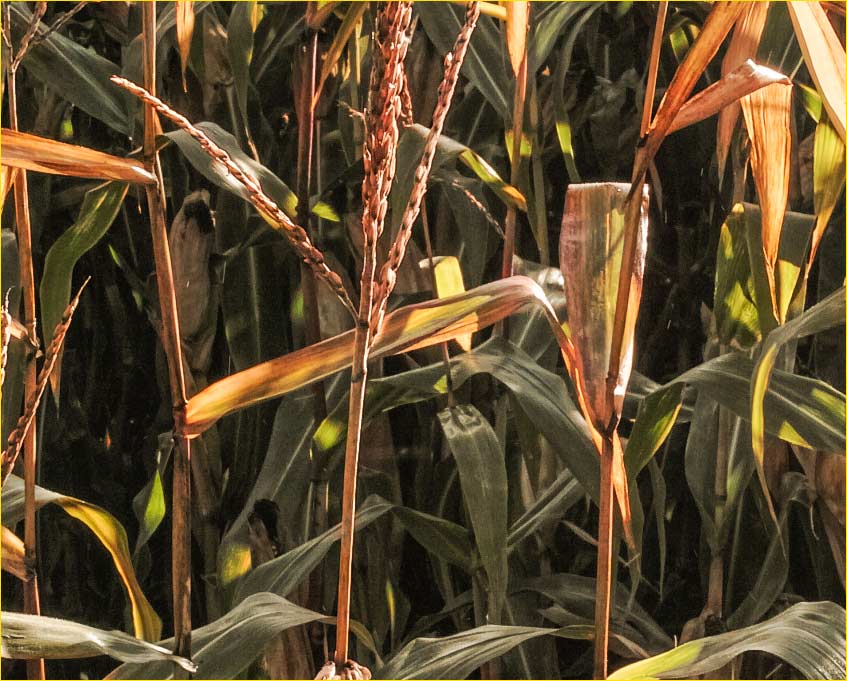
100% Crop
The Competition
As I see it there are two competitive cameras to the Sigma DP1M and DP2M. These are the Leica X2 and the recently announced but not yet shipping Sony RX1. The Leica has a 16MP APS-C sized sensor while the Sony has a 24 Megapixel full frame sensor. The Leica lens is an f/2.8 35mm focal length equivalent while the Sony has an f/2 35mm lens. Both camera do have AA filters.
I have used the leica X2, though not reviewed it here. Operationally it is a much superior camera to the Sigmas, but not when it comes to resolution and over-all image quality. Both Sigma’s trump it in this regard, big-time. Also, at USD $2,000 for the X2 one could buy both the DP1 and the DP2 for the same amount of money and have greater lens diversity as well as a backup camera.
The Sony RX1 is, of course, a complete unknown at this time, in terms of its handling, operation and especially image quality. But at $2,800 it had better be quite spectacular, because that’s an awful lot of money for a fixed lens camera, regardless of its capabilities.
Living with the DPM1 and DPM2
I can live with the poor battery life. I can live with the slow write times. I can live with the wobbly image on the rear LCD. The image quality makes those travails worth accepting. What I can’t live with is the horrendously annoying Sigma Photo Pro software. This is sub-par, under featured, underpowered, slow and buggy. But at the moment, it’s the only game in town, because Sigma isn’t working with third party raw software companies to make support possible.
I have therefore written the following open letter to Sigma’s CEO. I don’t know what effect it might have, but with 1.4 Million monthly readers on this page, maybe, just maybe…..
Objects in Mirror are Closer Then They Appear. September, 2012
Sigma DP1M @ ISO 200
September, 2012
Dear Yamaki-san,
You and I have never met, but I am an enthusiastic user of some of your products, in particular your new DP2 Merrill and DP1 Merrill cameras. My recent review of the DP2M and the one on the DP1M on this page bear testament to this.
I am writing this letter publicly, because I believe that I speak for a large number (though obviously not all) Sigma camera owners. This site reaches 1.4 Million individual readers world-wide each month.
I believe that many users of sophisticated imaging devices like the new Merrill cameras are being let down by not being able to process raw files in any program other than your provided SIGMA Photo Pro. The vast majority of advanced photographers, in particular those likely to use your Merrill cameras, use other cameras as well, and are almost certain to already be using raw processing software from Adobe, Apple, or Phase One, the big three of raw processing software.
I therefore would request one of two things. Either make available all the information required by these companies to support your camera’s unique abilities, so that they are able to do so without the difficult (and unlikely) job of reverse engineering your unique file structure and processing. Or, please build into SPP the ability to export a DNG file, which can then be read universally, and which can contain your proprietary image processing. As you know, DNG is an open standard and available without license.
At the moment Sigma X3 files from the Merrill cameras are among the most remarkable files I have ever seen, from any camera, especially when it comes to per-pixel resolution. Every other camera maker in the world provides information and support to the major raw software makers so that their cameras can be supported, many even before product launch. Sigma finds itself disadvantged by not doing this, or by not supporting a universal raw export format that can be read by other programs. This indeed may be a preferable approach since it would mean immediate support when new models come available, and wouldn’t require providing on-going support and disclosure to third parties.
Please make this a priority. Right now Sigma Merrill X3 are the only raw files in the world from any camera maker that can not be worked on in third party raw software, some of which has superior capabilities and which would allow these camera’s owners to extract everything possible from these files. Hasselblad, Leica, and Pentax are among those directly supporting DNG from their cameras, while every other camera maker works closely to ensure that their raw files are supported in each revision of major third party programs. Phase One even works closely with Adobe so that Lightroom and Camera Raw support Phase One cameras, even though they are competitors in the raw software arena.
I urge Sigma to do similarly.
With respect,
Sincerely,
Michael Reichmann
Publisher – The Luminous Landscape
September, 2012
Read this story and all the best stories on The Luminous Landscape
The author has made this story available to Luminous Landscape members only. Upgrade to get instant access to this story and other benefits available only to members.
Why choose us?
Luminous-Landscape is a membership site. Our website contains over 5300 articles on almost every topic, camera, lens and printer you can imagine. Our membership model is simple, just $2 a month ($24.00 USD a year). This $24 gains you access to a wealth of information including all our past and future video tutorials on such topics as Lightroom, Capture One, Printing, file management and dozens of interviews and travel videos.
- New Articles every few days
- All original content found nowhere else on the web
- No Pop Up Google Sense ads – Our advertisers are photo related
- Download/stream video to any device
- NEW videos monthly
- Top well-known photographer contributors
- Posts from industry leaders
- Speciality Photography Workshops
- Mobile device scalable
- Exclusive video interviews
- Special vendor offers for members
- Hands On Product reviews
- FREE – User Forum. One of the most read user forums on the internet
- Access to our community Buy and Sell pages; for members only.








